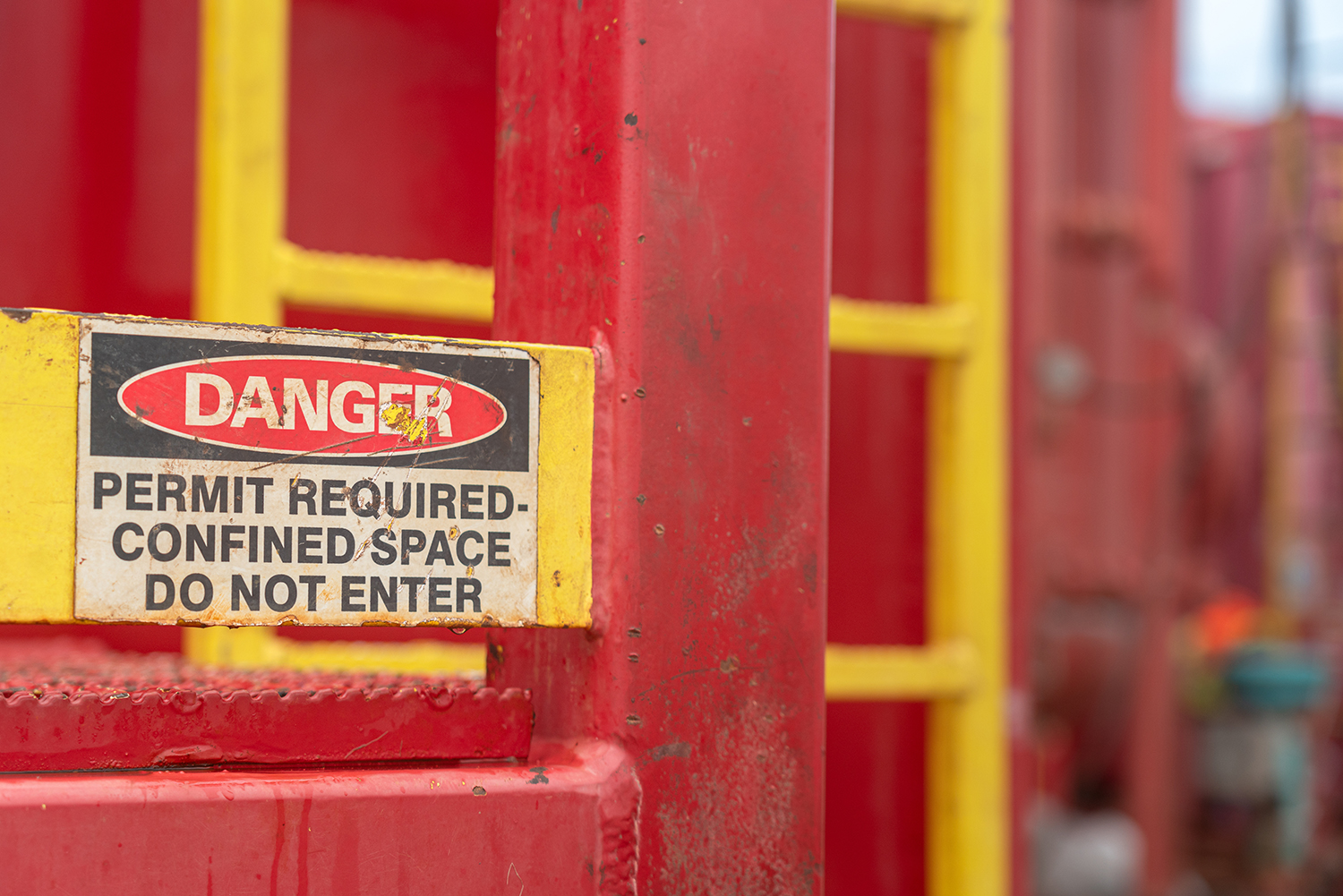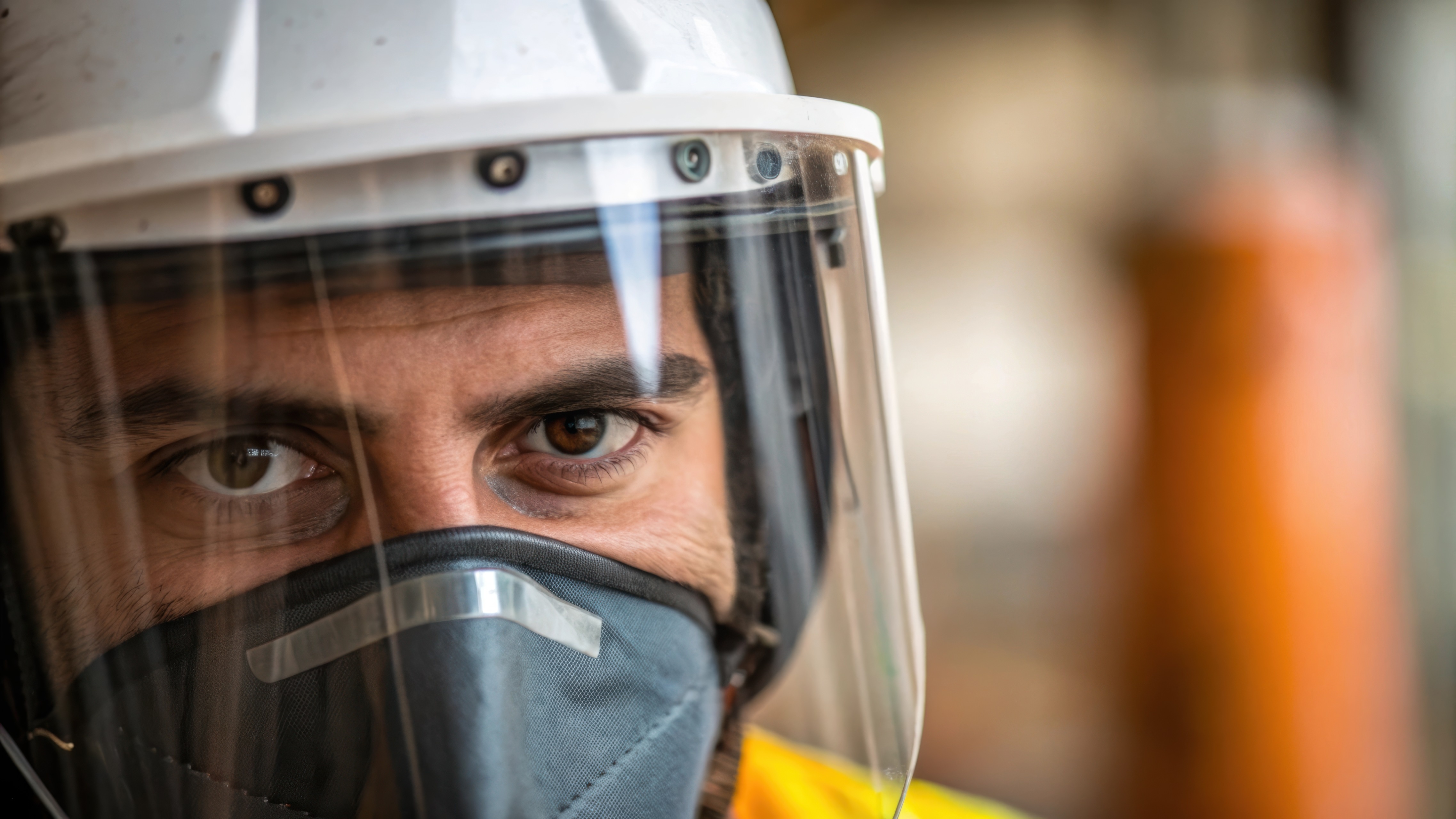Ensuring Safety in Confined Spaces: Essential Tips from Hercules Crane & Lifting Supplies
Ensuring Safety in Confined Spaces: Essential Tips from Hercules Crane & Lifting Supplies
Understanding Confined Spaces
Confined spaces are prevalent across various industries, presenting unique challenges and hazards to workers. According to the Canadian Centre for Occupational Health and Safety (CCOHS), many workers are injured and killed each year while working in confined spaces, with an estimated 60% of the fatalities among would-be rescuers.
Defining Confined Space
A confined space is characterized by specific criteria that distinguish it from regular work areas. According to CCOHS, a confined space is a fully or partially enclosed space that:
- Is not primarily designed or intended for continuous human occupancy.
- Has a limited or restricted entrance or exit, or a configuration that can complicate first aid, rescue, evacuation, or other emergency response activities.
- Can represent a risk for the health and safety of anyone who enters, due to factors such as its design, construction, location, atmosphere, materials or substances in it, work activities being carried out in it, or the mechanical, process, and safety hazards present.
Examples of confined spaces include silos, vats, hoppers, utility vaults, tanks, sewers, pipes, access shafts, truck or rail tank cars, aircraft wings, boilers, manholes, pump stations, digesters, manure pits, and storage bins. Ditches, wells, and trenches may also be considered confined spaces when access or egress is limited.

The Dangers Within Confined Spaces
Confined spaces pose several inherent hazards that can jeopardize worker safety.
Atmospheric Hazards
- Oxygen Deficiency or Enrichment: An insufficient oxygen level can lead to unconsciousness or death, while excessive oxygen increases the risk of fire or explosion.
- Toxic Gases and Vapors: Accumulation of hazardous substances like hydrogen sulfide or carbon monoxide can cause serious health issues or fatalities.
- Flammable or Explosive Atmospheres: The presence of flammable gases or vapors can lead to fires or explosions if ignited.
Physical Hazards
- Engulfment: Materials such as grain or sand can engulf and suffocate workers.
- Structural Hazards: Converging walls or sloping floors can lead to entrapment or asphyxiation.
- Falling Objects: Tools or debris can fall, posing injury risks.
- Temperature Extremes: Excessive heat or cold can cause heat stress or hypothermia.
- Noise: High noise levels can impair communication and cause hearing damage.
Essential Safety Measures for Confined Spaces
To mitigate the risks associated with confined spaces, implementing comprehensive safety protocols is crucial.
1. Conduct a Thorough Hazard Assessment
Before entry, a qualified person should evaluate the confined space to identify potential hazards, including atmospheric and physical risks. This assessment forms the foundation for developing effective control measures.
2. Implement an Entry Permit System
An entry permit system ensures that all necessary precautions are in place before workers enter a confined space. The permit should detail the work to be done, identified hazards, atmospheric test results, control measures, and emergency response plans.

3. Ensure Continuous Atmospheric Monitoring
Regular monitoring of the confined space atmosphere is essential to detect any changes in oxygen levels or the presence of hazardous gases. Continuous monitoring provides real-time data, enabling prompt responses to potential dangers.
4. Provide Appropriate Personal Protective Equipment (PPE)
Depending on the identified hazards, workers should be equipped with suitable PPE, such as respirators, protective clothing, gloves, and safety harnesses. Proper training on the use and maintenance of PPE is equally important.

5. Establish Effective Communication Systems
Maintaining clear and constant communication between workers inside the confined space and attendants outside is vital. This can be achieved through two-way radios or other reliable communication devices.
6. Develop and Practice Emergency Response Plans
Having a well-defined emergency response plan is critical. Regular drills should be conducted to ensure all personnel are familiar with rescue procedures and can act swiftly in case of an emergency.
7. Provide Comprehensive Training
Workers must receive training that covers hazard recognition, safe work practices, emergency procedures, and the proper use of equipment. Ongoing training helps reinforce safety protocols and keeps workers informed about any changes in procedures or regulations.

The Hercules Training Academy offers a comprehensive Confined Space Training course as part of its extensive suite of industrial safety programs. This course is designed to equip workers with the essential knowledge and practical skills required to work safely in confined spaces. It covers critical topics such as hazard identification, atmospheric testing, proper use of personal protective equipment (PPE), and effective rescue procedures. With a strong emphasis on hands-on learning, the training ensures participants are prepared to handle real-world confined space scenarios safely and efficiently. Led by experienced instructors, the course aligns with the latest safety standards and best practices, making it an ideal choice for workers across various industries who seek to reduce risks and enhance workplace safety.
Hercules Crane & Lifting Supplies: Your Partner in Safety
At Hercules Crane & Lifting Supplies, we are committed to providing top-quality safety equipment and solutions for working in confined spaces. Our extensive range of products includes fall protection gear, gas detectors, ventilation systems, and communication devices designed to enhance worker safety and compliance with industry standards.
Our team of experts is available to assist you in selecting the appropriate equipment tailored to your specific needs and to provide guidance on implementing effective safety protocols. Partner with Hercules Crane & Lifting Supplies to ensure a safer working environment for your team.
——————————————————————————————————————————————
The Hercules Group of Companies encompasses a wide portfolio of products and services across multiple, diverse companies.

